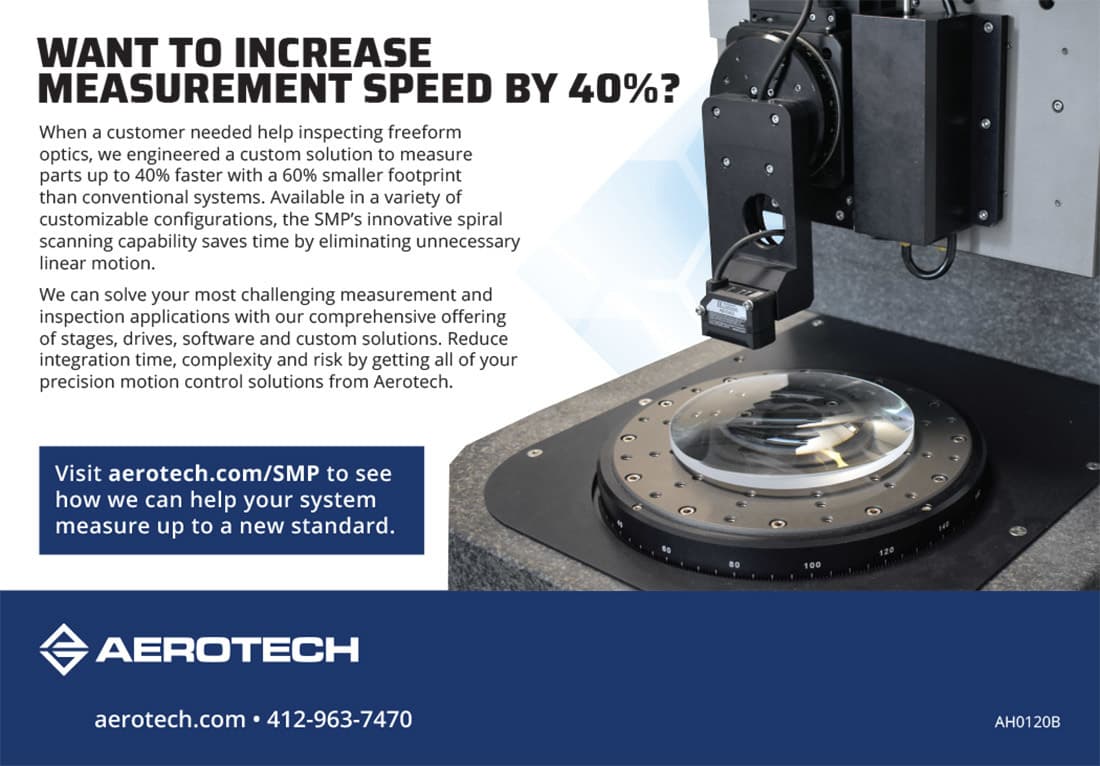Other Dimensions
Hill Cox
Other Dimensions | Hill Cox
Independent calibration facilities are familiar with the symptoms common to this affliction.
OD Panic!

It’s not what you’re thinking. It stands for ‘overdue’ and nothing puts quality people into panic mode faster than the realization they’ve got some items in their system that are overdue for calibration and, of course, a quality audit is happening within a day or so.
Independent calibration facilities are familiar with the symptoms common to this affliction.
Customers appear at the door clutching the errant items requesting immediate calibration of them, preferably while they wait. Lengthy discussions ensue as lab personnel explain that it’s not necessarily a scheduling problem so offering a premium for same-day service is a nice gesture but of no consequence. Explaining the metrology involved, especially when gage blocks are on the panic list, goes nowhere nor does following accredited procedures and all the other aspects of lab operations. Like many emergency situations, when the patient is screaming, they’re not listening. Calm them down and hopefully this column will remove the panic.
When an instrument or gage was in use while overdue for calibration does not mean that all work that has passed through them is wrong, only that it is suspect. Like in law, being a suspect does not prove guilt. Your job now is to prove whether or not such suspicion is valid and you do this by getting the equipment calibrated and then reviewing the results. If the calibration reports indicate that the equipment is within your operating requirements, you have shown that the suspicions surrounding the results from its use are unfounded.
When an instrument or gage was in use while overdue for calibration does not mean that all work that has passed through them is wrong, only that it is suspect.
If the results from calibration indicate the equipment does not meet your requirements, and there has not been any interim monitoring or spot check of it since it was calibrated a year ago, you’ve got a potential year’s worth of results that are now suspect. Your SPC results over the period may indicate that the parts were OK but a significant change occurred at one point, which gives you a place to start a physical investigation. If you are able to retrieve unused samples over time from the period and the newly calibrated equipment declares them to be OK, you may be off the hook for a more intensive review or full product recall. Conversely, given such samples, it could turn out that everything was fine until the last month of the period whose samples were rejected by the equipment. Not a great outcome, but it’s a lot better than having to deal with a years’ worth of production. It could be that while your equipment didn’t meet the tolerances you require, other factors caused the parts to fail.
In either case, your quality auditor will want to see some corrective action being taken to prevent this from happening again. Remember, they live on an elevated level of existence compared to us lowly creatures so they have zero tolerance for errors not of their making. But there is a way to satisfy their needs without breaking your bank account.
Your SPC system tells you the ongoing state of your process but not necessarily the state of the measuring equipment you are using unless it goes way off the rails. Monitoring your equipment is a cheap and cheerful way to do this. If your production parts had a couple of diameters you are checking on an ongoing basis using a dial indicator on a comparator stand, you could have a couple of cylindrical masters, i.e. plug gages of known size somewhere close to what the parts have to be. Your operator checks them with the same equipment two or three times during a shift with the instructions that if they vary in readings by more than a specified amount, he or she hits the panic button.
This ongoing check does not calibrate the equipment of course, it merely shows when there is a change in performance that management should be looking at. The best part of this system is that, usually, such changes occur before scrap parts are passed which is the goal we all seek.
Now, if this doesn’t cure your panic mode, the following medical advice applies: Take two aspirin and call me in the morning.
Opening Background Image Source: Zheka-Boss / iStock / Getty Images Plus via Getty Images.
Scroll Down
Scroll Down

